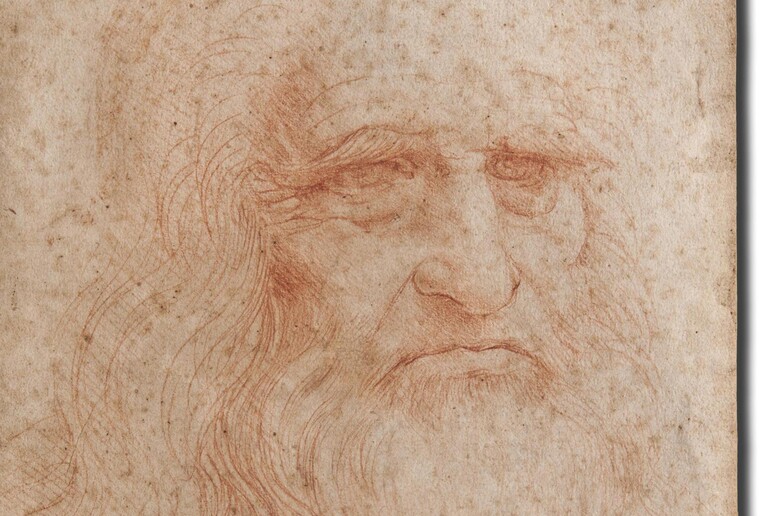The hunt is on for Leonardo da Vinci's
DNA, after 14 living relatives descended from his father and
half-brother were found, experts on the Renaissance genius say
in an article published in the Human Evolution journal.
Leonardo's family tree from 1331 to today, comprising 21
generations from father to son, has been reconstructed from
historical documents after decades of study, said Alessandro
Vezzosi, founder of the Museo Ideale Leonardo da Vinci, and
Agnese Sabato, president of the Leonardo Da Vinci Heritage
Association.
No fewer than 14 living descendants in the male line have been
identified, 13 of them hitherto unknown, said the study.
The findings will help reconstruct the genetic profile of the
great artist, scientist, thinker and supreme exemplar of the
Renaissance man.
Vezzosi told ANSA that "we had already identified in 2016 35 of
Leonardo's living relatives, but they were mostly indirect, the
fruit of parallel relations also in the female line, as in the
best-known case of the director Franco Zeffirelli: so they were
not people who could give us useful information on Leonardo's
DNA and in particular on the Y chromosome, which is transmitted
to male descendants and remains almost unchanged for 25
generations".
The breakthrough may now come from the new direct descendants in
the male line, stemming from his father Ser Piero and his
half-brother Domenico, who are now alive, said Vezzosi.
"They are aged between one and 85, they don't live right in
Vinci but in neighbouring municipalities as far as Versilia (on
the Tuscan coast) and they have ordinary jobs like a clerk, a
surveyor, an artisan," Vezzosi said.
Their DNA will be analysed in the coming months to contribute to
the research of an international task force, The Leonardo Da
Vinci DNA Project, led by Jesse Ausubelof Rockefeller University
in New York and supported by the Richard Lounsbery Foundation.
The project also involves the J. Craig Venter Institute at La
Jolla in California, and several other universities and
high-profile research centres, including the Department of
Biology of the University of Florence, directed by David
Caramelli.
The article said questions potentially probed once Leonardo's
DNA is confirmed include reasons behind his genius, information
on his parents' geographical origins, his physical prowess,
premature aging, left-handedness, diet, health and any
hereditary diseases, and his extraordinary vision, synaesthesia
and other sensory perceptions.
Comparison of biological data could also potentially help verify
the authenticity of artwork and materials handled by Leonardo,
thereby pioneering links between biology and art with broad
implications for the world's art market in terms of artistic
attribution and materials.
ALL RIGHTS RESERVED © Copyright ANSA











